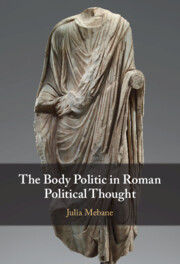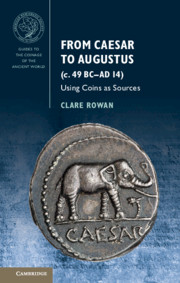This article examines the appearances of Augustus in Suetonius’ Lives of the Caesars outside Augustus' own Life. It shows how Suetonius contrasts the positive image of Augustus drawn in the Life of Augustus with the distortion of this image by Augustus’ successors, depicted in the later Lives. In their reception, he is still presented as an ideal to follow, yet as a role model for cruelty (Tiberius), adultery and military failure (Caligula), or lyre-playing (Nero)—roles which Suetonius’ real Augustus never or only marginally assumed. Thus in a series of close and intratextual readings, this article invites a more general reassessment of Suetonius’ work: it suggests that the Lives of the Caesars draw a more critical image of the Principate than has often been said, that they are more consciously part of an image-making process and, above all, that they should more commonly be understood as one whole work, rather than read individually and in isolation.



